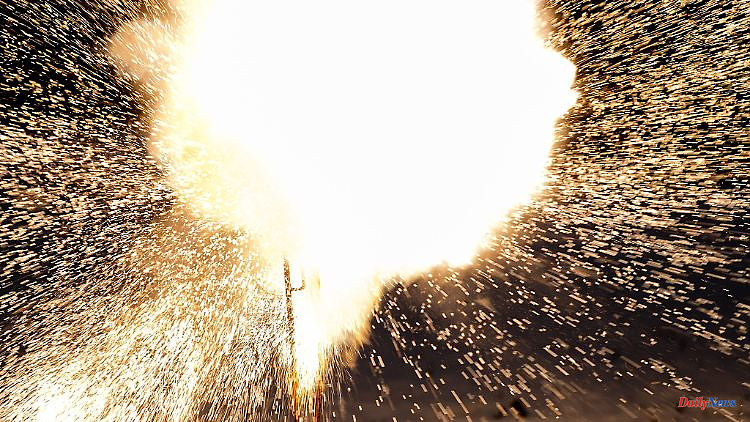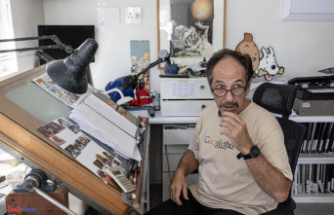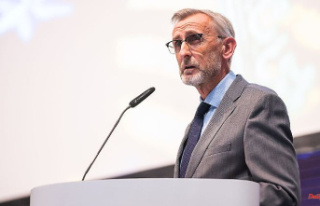Wiesbaden (dpa/lhe) - After the restrictions of the two corona years, there was a lot of banging again on New Year's Eve 2022/2023 - this has an effect on the air quality in Hesse. The Hessian State Agency for Nature Conservation, Environment and Geology (HLNUG) announced on Monday in Wiesbaden that significantly more fine dust was measured at the measuring stations than in previous years.
Since the start of the Covid-19 pandemic, air quality on New Year's Eve and New Year's Day has benefited from the ban on the sale of New Year's Eve fireworks. In the past two years, the daily mean for fine dust on New Year's Day at all measuring stations in Hesse was well below 50 micrograms per cubic meter, as reported by the HLNUG.
After gunfire was allowed almost everywhere again this year, the air at the measuring stations was just as polluted as on January 1 before the pandemic, the experts explained. The mean value for particulate matter in the half hour after midnight rose to an average of around 380 micrograms per cubic meter at the municipal measuring stations.
On New Year's Day 2023, the mean value over the whole day at seven measuring stations was over 50 micrograms per cubic meter, the HLNUG announced. Compared to New Year 2020, i.e. before the Covid 19 pandemic, the exposure to fine dust was similarly high. Due to the weather conditions, however, the concentration on New Year's Eve 2023 fell again relatively quickly. Windy or rainy New Year's Eve leads to a rapid dilution of air pollutants in the atmosphere.












